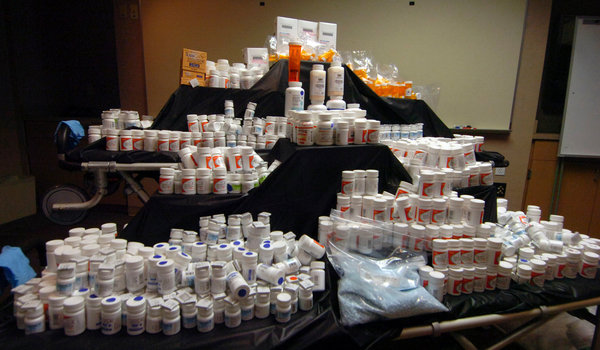An Ohio hospital and group of physicians settled an agreement with the U.S. Justice Department last Friday over accusations that some of the procedures were costly and medically unnecessary.
What is likely remarkable about this medical group being investigated, charged, and fined is not the overtreatment – but that they got caught and held to account.
The New York Times article quotes a U.S. attorney on the matter:
“…Besides the cost to Medicare, “performing medically unnecessary cardiac procedures puts patients’ lives at risk,” said Steven M. Dettelbach, the United States attorney for the Northern District of Ohio, which was involved in the investigation.
“Patient health and taxpayer dollars have to come before greed,” he said.
The few facts presented here are certainly egregious in the falsification of complaints. Also, a statistical analysis demonstrated a significantly higher incidence of angioplasties, at four times the national average. But it should raise the question about how often unnecessary procedures are performed based upon the economic self-interests of the system, not the genuine health of patients?
Our fee for service system handsomely rewards treatment over watching and waiting, or conservative care. The hospital’s minimizing notwithstanding, each patient subjected to a procedure without medical necessity was subject to anxiety, pain, and some medical risk, without a corresponding benefit. This is wrong!
The message to all is, follow the money – how does your doctor and hospital get paid? Are they driven by mission and ethics first and foremost, or are they driven by maximizing cash flow and profit?
And consider a second opinion from someone unrelated to those recommending a specific procedure or intervention. Consider the benefits of systems of care, such as integrated organizations, where physicians do not have an incentive to treat. Research the recommended procedure for indications and degree of debate on necessity, and ask a lot of questions.

